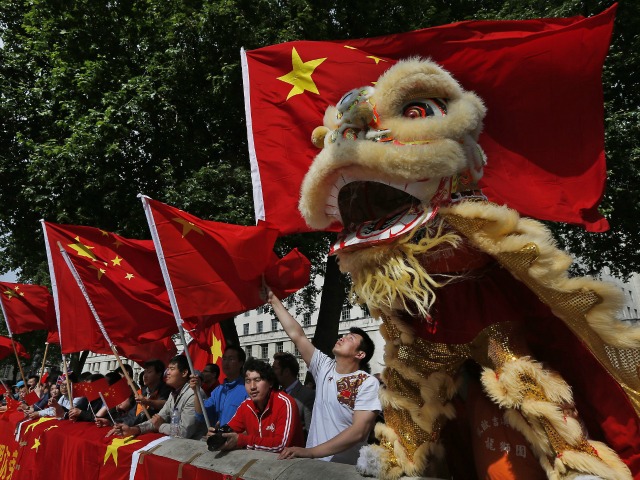The International Monetary Fund officially announced that China just surpassed the United States as the world’s largest economy, sort of. China’s victory is only on a “Purchasing Power Parity” (PPP) basis. Although Gross Domestic Product is about 50% higher in the U.S., IMF says the total output of goods and services in China are estimated to now be slightly higher than in the U.S.
Many economists complain that relying on currency exchange rates to calculate Gross Domestic Product (GDP) as the value of all goods and services is misleading in comparing real standards of living in different countries. Goods and services that are not traded across borders, such as medical services, retail, and constructions services, and haircuts–are almost always cheaper in poorer countries because of cheap labor. Using exchange rate driven GDP’s to compare living standards may understate the benefits that citizens in poor nations enjoy from access to cheaper goods and services.
Purchasing Power Parity “conversion factor” is the number of units of a country’s currency required to buy the same amount of goods and services in the domestic market as a U.S. dollar would buy in the United States. The IMF’s purchasing power parity estimates–which take into account these differing costs–are considered an alternative by some analysts as a revealing way of computing and comparing standards of living and economic size across boundaries different nations.
According to the World Bank’s “Price level ratio of PPP conversion factor (GDP) to market exchange rate”, China’s PPP factor is weighted at about “0.6”.
To compare the PPP of China versus the PPP of the United States, the IMF essentially converted the latest annualized GDP estimate in U.S. dollars for China’s third quarter ending September 30. Multiplying the $10.6 trillion estimate by 1.6667 (conversion factor reciprocal) equals Purchasing Power Parity for China of $17.6 trillion.
The United States PPP conversion factor is “1.0,” since the U.S. GDP is already calculated in U.S. dollars. The latest annualized GDP estimate in U.S. dollars for United States for the third quarter ending September 30 is $17.4 trillion.
The “conversion factor” for China is an arbitrary number that is set as an estimate of equivalent purchasing power in different nations. China has enjoyed higher GDP growth rates than the United States, but about a third of the difference has been higher inflation. This should tend to narrow the difference in the PPP conversion factor.
If the IMF narrowed the Chinese conversion factor to “0.7”, then the multiplier to convert GDP to PPP would be only 1.4286. Multiplying the latest $10.6 trillion annualized GDP for China by the 1.4286 (conversion factor reciprocal) equals Purchasing Power Parity for China of $15.1 trillion.
For about 2000 years until approximately 1750 AD, China had the largest population and the largest GDP in the world. China kept the banner as the most populous country, but lost in GDP to Britain, who lost it to the United States in 1872. On an individual basis, China is still a poor country with average per capita income of $6,807, versus $53,143 in the U.S. Even the most optimistic analysts do not believe China will pass the U.S. in GDP for almost a decade.
Many Americans could improve their retirement purchasing power by moving to China. Medical services, retail and constructions services, and haircuts are undoubtedly cheaper. But the numerous quality, safety, and security differences may not be reflected in International Monetary Fund’s estimates Purchasing Power Parity.
Chriss Street suggests that if you are interested in global competitiveness,
please click on
U.S. STREAKS PAST SAUDI ARABIA AS WORLD’S LARGEST OIL PRODUCER

COMMENTS
Please let us know if you're having issues with commenting.